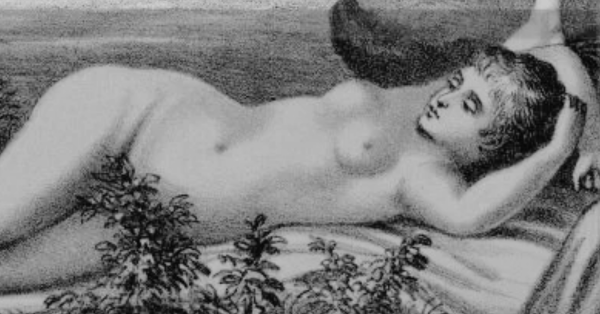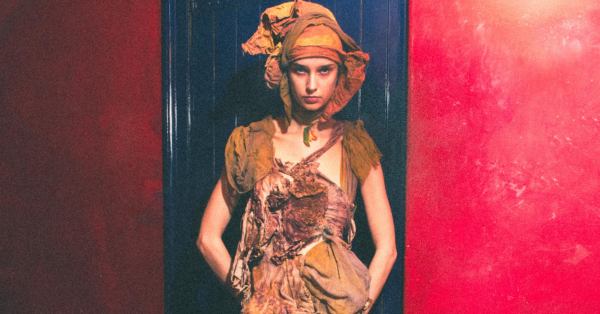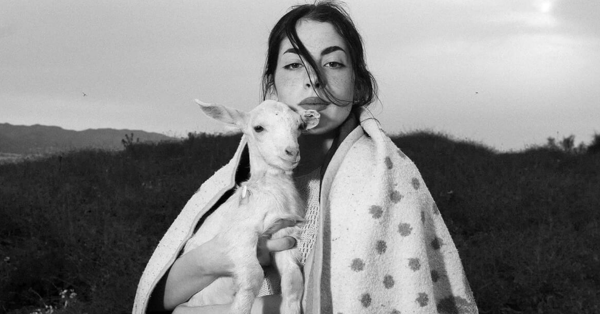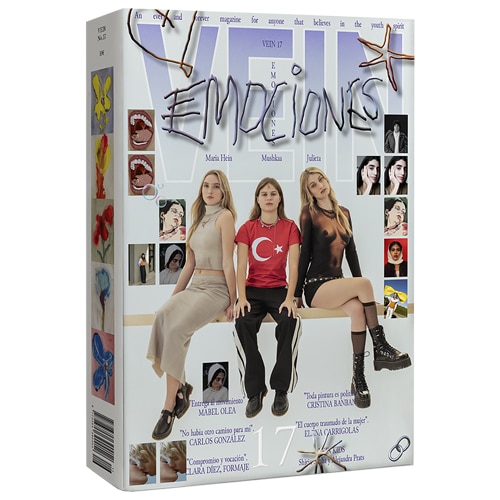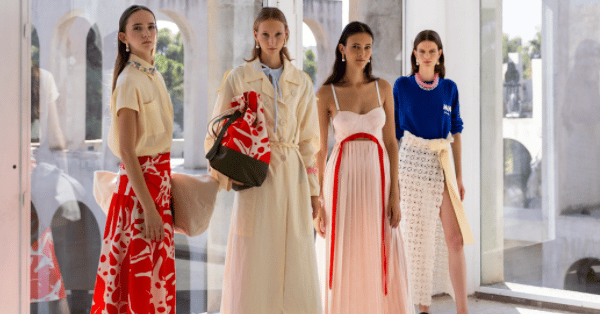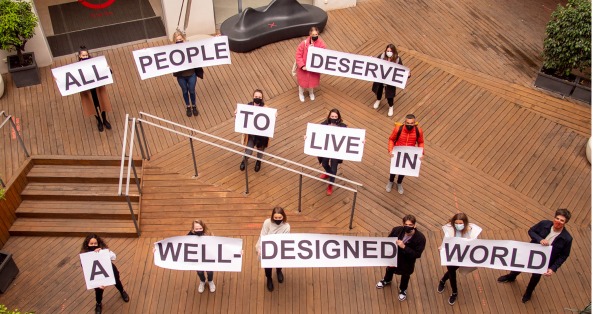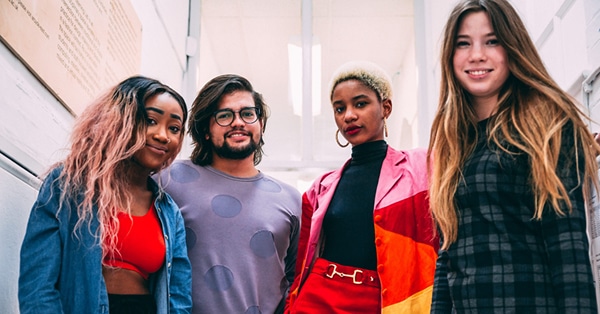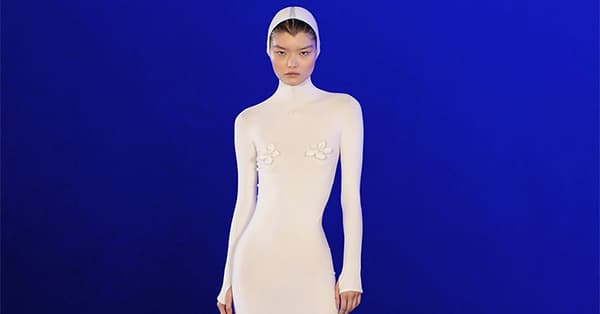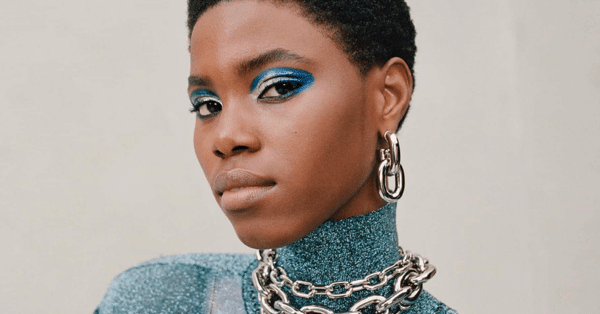As his IKEA collaboration goes viral and his pop-ups take over social media, the Swedish designer keeps infusing everyday life with colour, humour, and his signature playful touch.
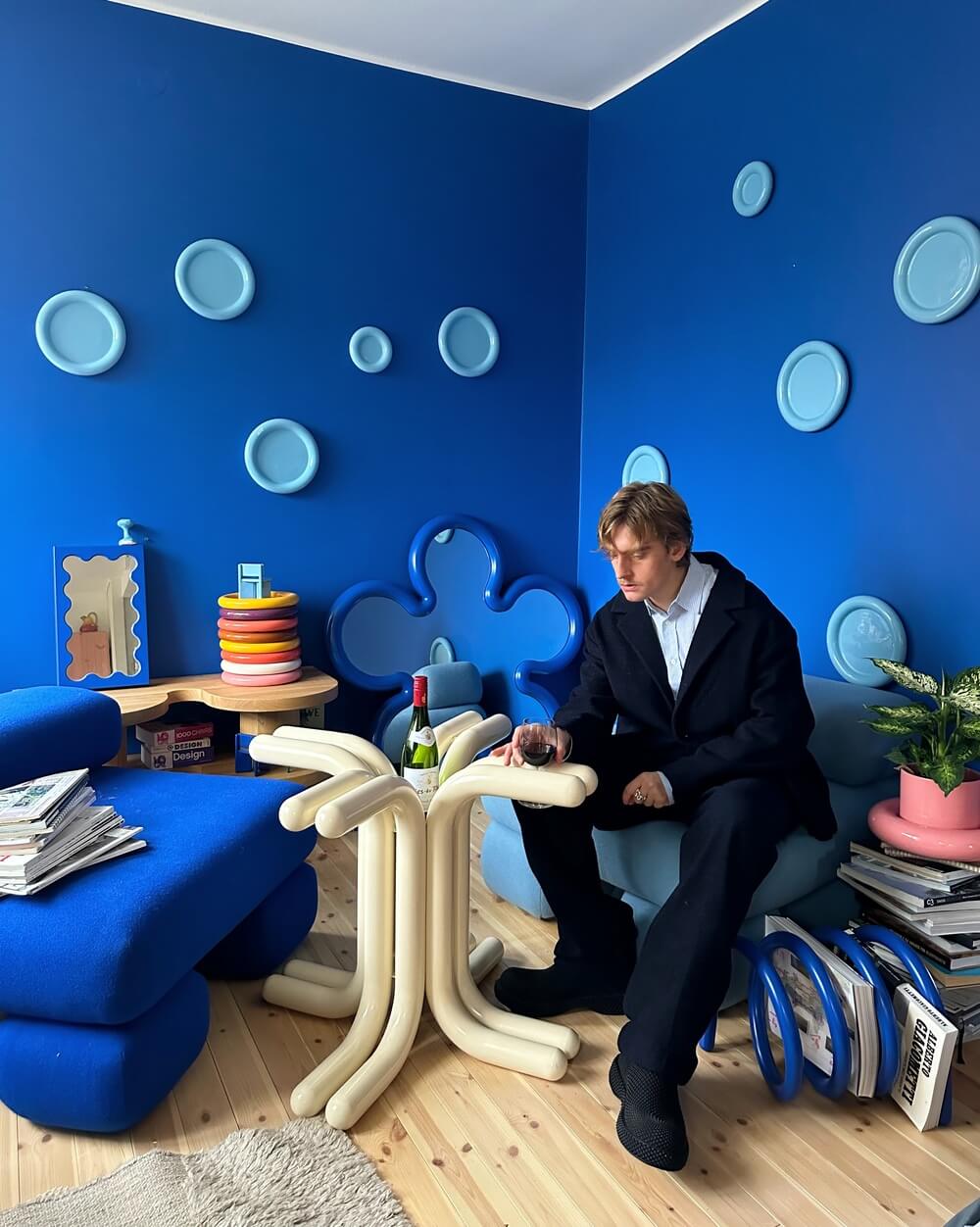
A wavy mirror catapulted Gustaf Westman’s career during the pandemic. Now, the Swedish designer is flooding the world with colour through his designs, including the latest IKEA collaboration. What began as a small experiment in shape and humour has turned into a full-blown aesthetic movement, one that’s quietly redefining the visual language of contemporary design.
There’s something instantly recognisable about Westman’s work: rounded edges, bright colours, and a softness that feels both nostalgic and futuristic. His pieces sit somewhere between function and fantasy, in that sweet spot where design stops behaving and starts having fun. Chairs bend like candy, mirrors melt like cream, and suddenly, everything looks a little more alive.
His creations spread online like a pastel fever dream, shared endlessly in moodboards, TikToks and interiors that look more like playgrounds than living rooms. Westman’s name has become shorthand for a new kind of design sensibility — one that doesn’t shy away from cuteness, that embraces humour and imperfection as signs of authenticity. In an age dominated by beige minimalism, his curves are a welcome exhale.
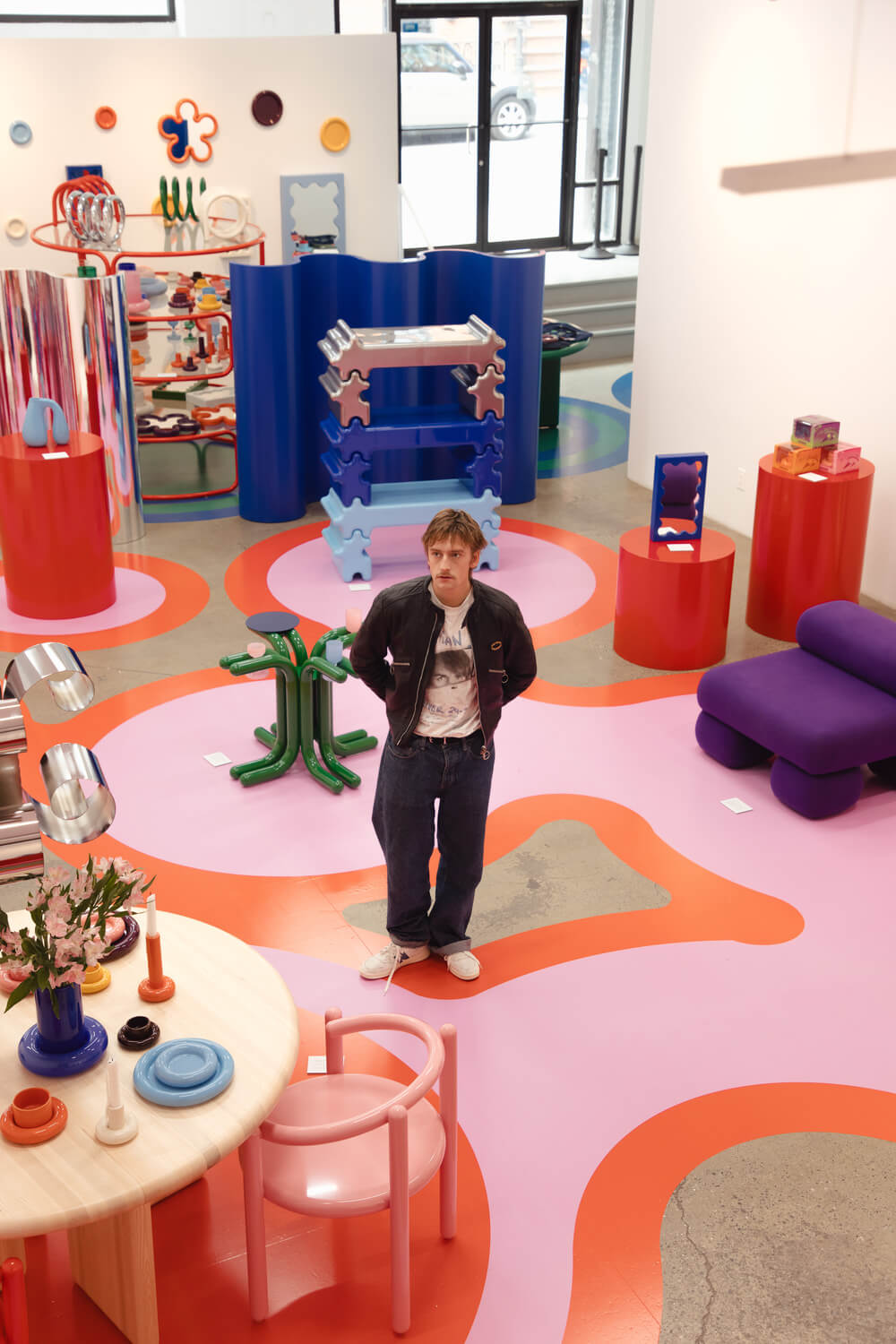
His creative universe took another leap with the release of his collaboration with IKEA. The collection translates his signature shapes into accessible pieces: vases, tableware, lamps, ornaments. It’s a meeting that feels both inevitable and poetic: Sweden’s most iconic design house joining forces with one of its most viral new voices. Together, they blur the line between art and everyday life, making Westman’s world something anyone can bring home, making it accessible.
But while the IKEA collaboration is taking the world by storm, Westman keeps his hands close to the craft through a series of pop-ups across Europe. In the past year alone, he’s turned apartments in Paris, Madrid and Amsterdam into lived-in installations — not stores, but temporary homes where you can sit, touch, and briefly exist inside his world. There’s always a local detail — a baguette holder in Paris, a dish and cup in Madrid — a wink to the place and its personality. His spaces feel less like showrooms and more like inside jokes between him and the city.
What ties it all together is a simple belief: design doesn’t have to be distant or self-serious. It can be approachable, a little irreverent, even funny. Westman’s universe rejects the grey-toned rationalism of traditional design and reminds us that beauty can be kind, that form can smile back.
We spoke to Gustaf Westman about the whirlwind of virality, the thrill of collaboration, and the everyday joy that shapes his work. One curve at a time.
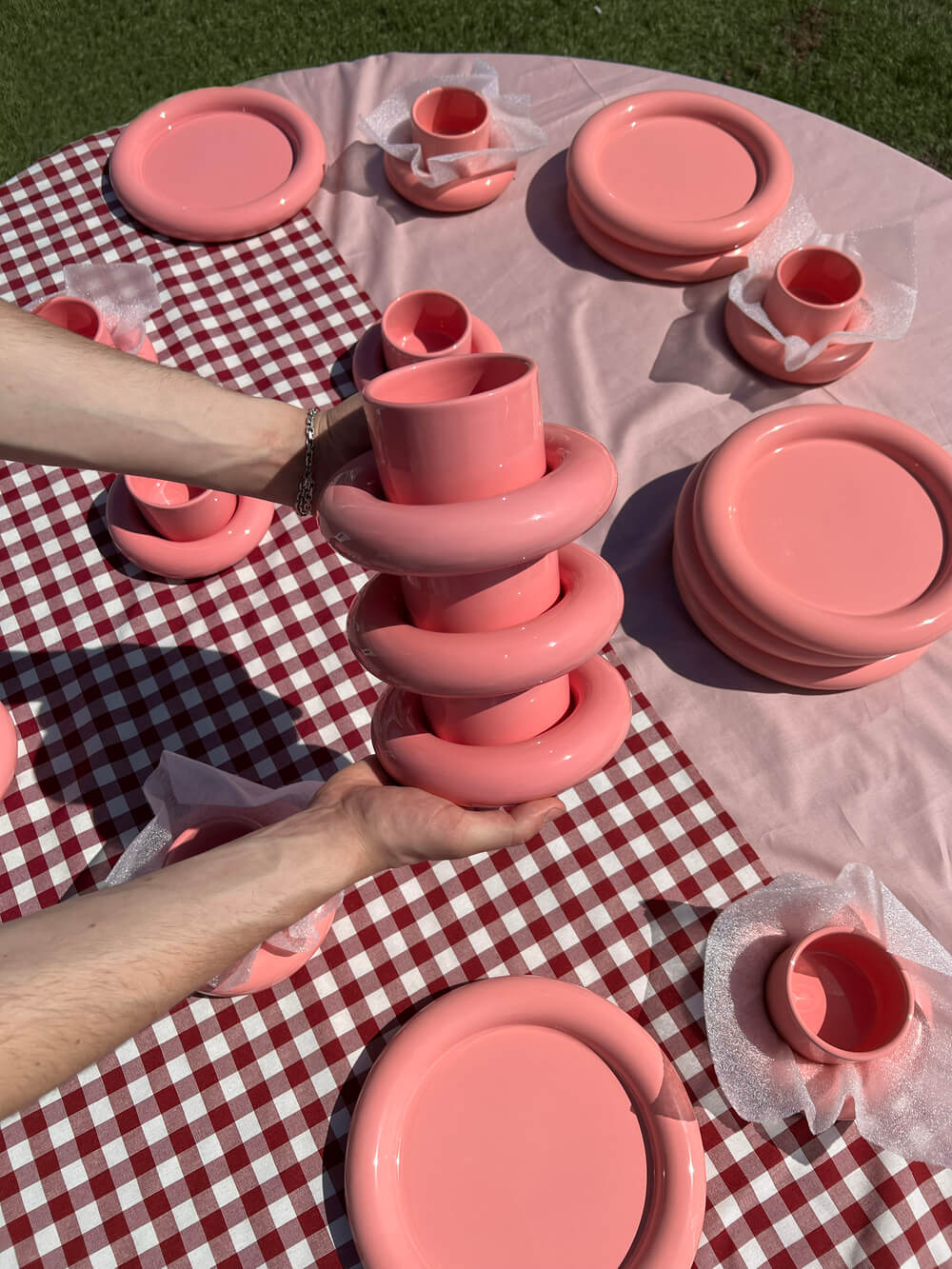
You’ve become one of those designers whose pieces people recognize instantly. Do you remember the first time someone referred to something as “so Gustaf Westman”?
It was kind of early on. I made some stuff for a project, and pretty quickly it sort of became a collection. It already had this specific style — all the curves and round edges people recognize me for. Since most of it came from that project, it felt kind of put together, you know? I don’t know, it all happened pretty fast. But when I hear people say that, I like it. I mean, it really reflects how I like to design. I like simplicity, things that are easy to understand, and have a very distinct shape. So yeah, for me it just makes sense.
How would you describe your universe to someone who’s never seen your work?
It’s always kind of hard when I talk to someone and they’re like, “I’ve never seen this before,” and they ask me to describe my work. I usually give a really simple answer. I’ll say it’s colorful and fun or something like that. But honestly, I don’t think that’s really how I see it.
When did you realise you wanted to be an artist?
It came super early. As a kid, I always carried a sketchbook around and was constantly doing creative stuff. I studied architecture because I wasn’t exactly sure what I wanted to do. I figured you can always study architecture and then become a designer — it’s harder to do it the other way around. I just knew I wanted to do something creative, to work with shapes. But yeah, it all began pretty early.
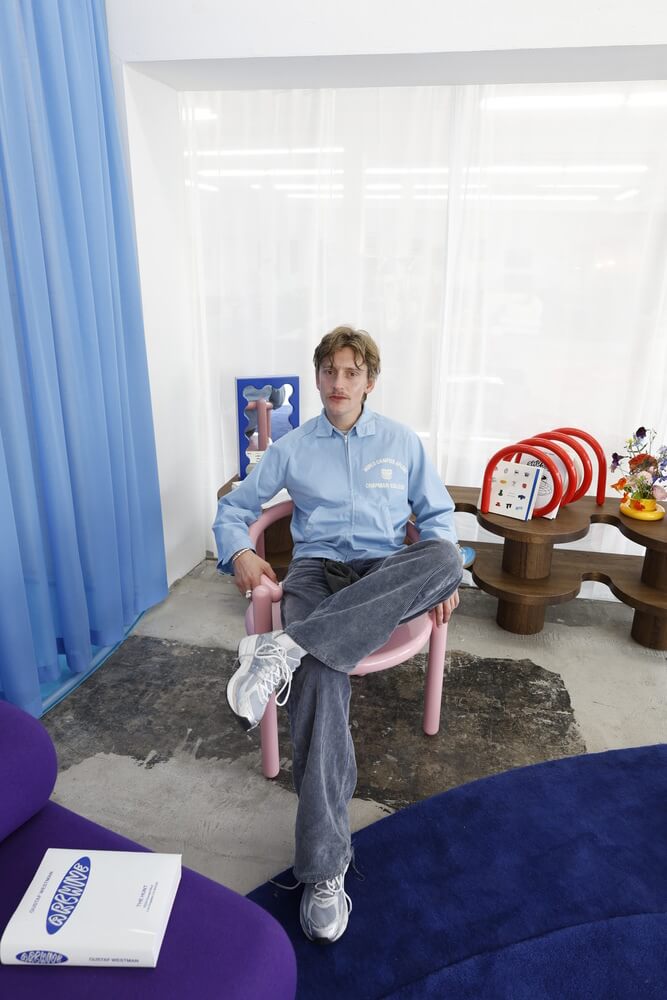
What inspired you to do so?
I was introduced to design by my mom. She’s always been really into furniture and objects and we went to several design places. So, that was kind of my first introduction, but I also wanted to do my own thing. It’s hard to pinpoint exactly, but I think that’s definitely where it started.
Since then, how has your work evolved to where it is now?
I think it’s mostly about trusting myself more and having more confidence in what I want to do. When I studied architecture, I was really focused on things like concrete. I still like that kind of stuff, but now I feel like I’m more true to myself. I like humor, and that comes through in my work. I just try to have fun with it. I don’t take myself too seriously, and I think that’s part of what people connect with.
The virality of your craft is undeniable. Did it catch you by surprise? How do you feel about it?
Obviously yes, it did. But I’ve also always had this feeling that it could end at any moment. So I try to just enjoy it while it lasts. At first, I didn’t really believe it would keep going. I just kept making more things, and people liked those too. I think maybe now is the first time I’m actually starting to accept that I can do this, that people genuinely like what I do.
It all felt really organic. When I made the mirror during the pandemic and it went viral, I honestly thought that was going to be my peak. And then I made the cup, and people liked that too. Normally, when something goes viral, it spikes and then drops. But for me, I think I’ve managed to keep it going because I don’t overthink it. That mindset — that it could all stop at any moment — is actually helpful. It keeps me relaxed. I’m not stressed about creating another “hit” or topping myself. I’m just chill about it. And honestly, if one day people stop buying my stuff and I have to do something else, that’s fine too. I’m not chasing anything specific.
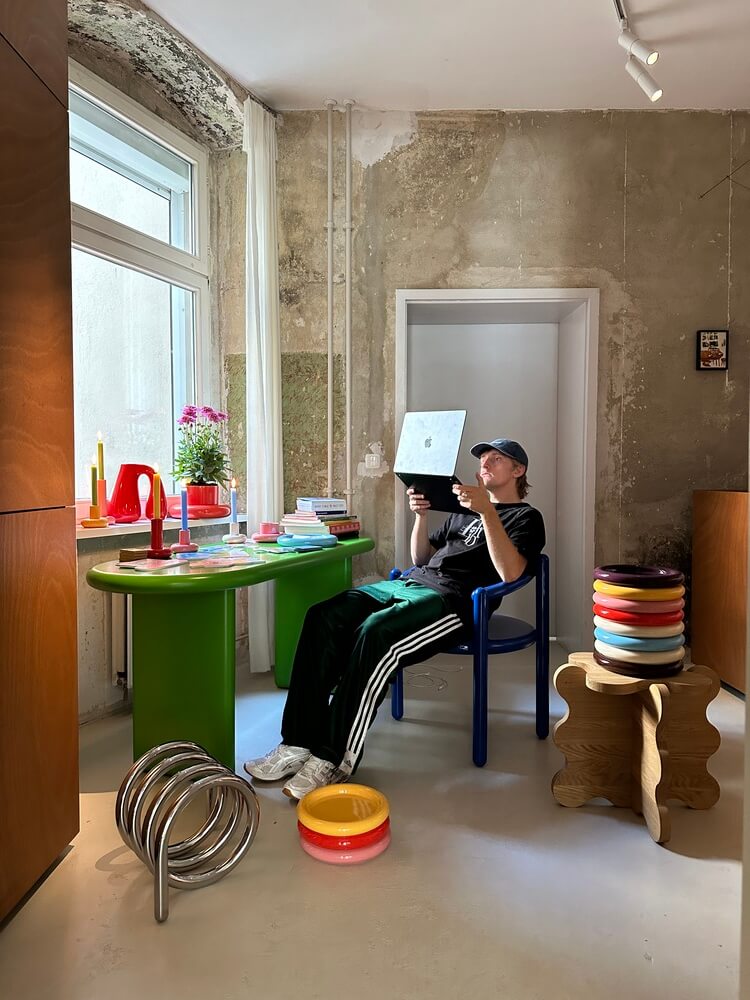
You’ve built a very distinctive visual identity. Do you ever feel trapped by your own aesthetic?
Yeah, for sure. I wouldn’t say I struggle to innovate, but sometimes I do get scared of trying new ideas — like, are people going to like this? Especially with things like the IKEA collaboration, or even smaller projects I’ve done, there’s always this fear that people might not get it or might have strong opinions about it. That can be a little intimidating.
But do I feel trapped? Not really. Sometimes, maybe. But mostly, it’s the opposite. I actually think it’s nice to have such a clear aesthetic to lean on. It gives me a sense of direction when I’m unsure what to do. I feel really lucky to have something that distinct to build from.
You often blend playfulness and function. Do you start a design thinking about how it’ll be used or how it’ll make people feel?
I almost always start with function. I need to give myself a task — like, okay, now you’re going to design something for this purpose. Otherwise, I’d be all over the place. So it usually starts from a practical need, but then the playful part comes naturally as I go.
What is your creative process like?
I usually start from a function or from a memory of something I want to explore. Then I try to find the core idea behind it. I spend a lot of time sketching and simplifying, really trying to strip things down. For me, it’s about understanding what the idea actually is and how to make it as clear as possible. I want people to look at my work and immediately understand what it is, for it to be simple and direct. So my process is a lot about sketching until I find that essence and figuring out how to turn it into an object.
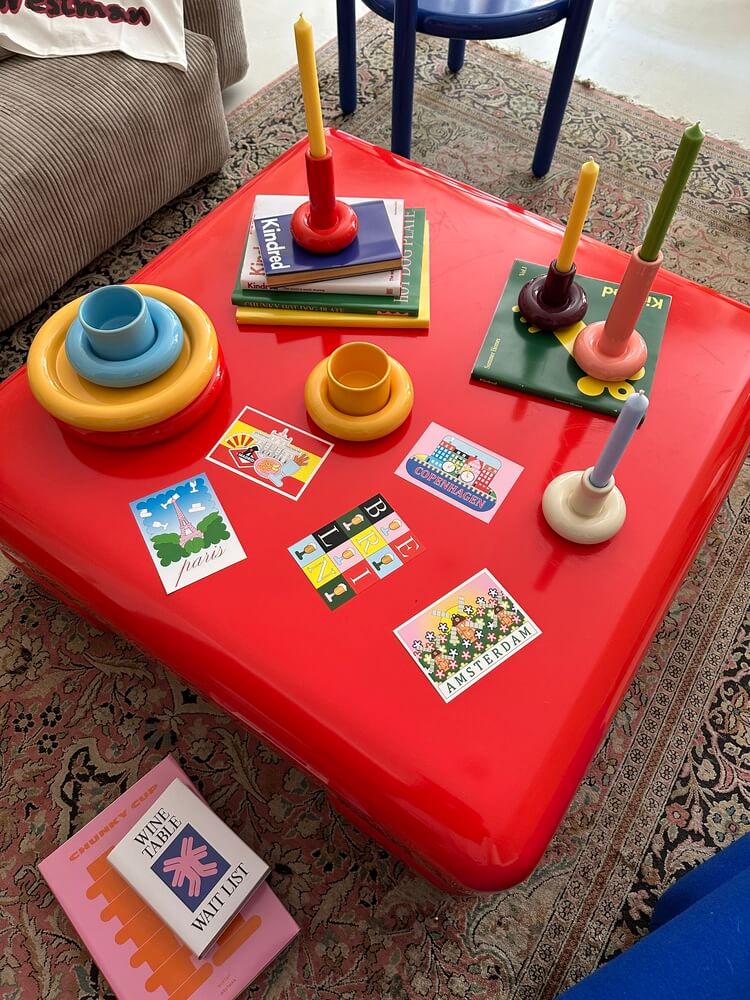
Where do your ideas usually come from? Do you have any references?
I don’t really work with “inspiration” in the usual sense. I don’t know how to do that. I get inspired by random things – stuff I see on the street, people, everyday moments… basically anything. Sometimes I look at design history or other designers, but more in terms of their way of thinking. I might see how someone uses a certain function or approach and think, okay, how can I adapt that way of thinking into my own work?
What’s something non-design-related that feeds your creativity?
Music, definitely. But also just staying active and spending time with friends. I need that balance. It keeps me grounded and gives me energy.
The pop-ups you have been doing lately in cities like Paris and Madrid have gathered lots of attention. How do you adapt the concept of a pop-up to different places like London, Paris or Stockholm?
For me, it’s really important to bring in something from the local culture of each city. We’ve been doing them in apartments, and I wanted each space to feel like it truly belonged there — like it had a Madrid feeling or an Amsterdam feeling. So I spent time finding the right apartment to capture that atmosphere.
It also makes the whole thing feel more personal. When you do it in someone’s actual home, that personal touch is already there by default. So for me, it becomes like a collaboration between the city and myself, a mix of my world and the local vibe. And I think that’s what makes each pop-up interesting.
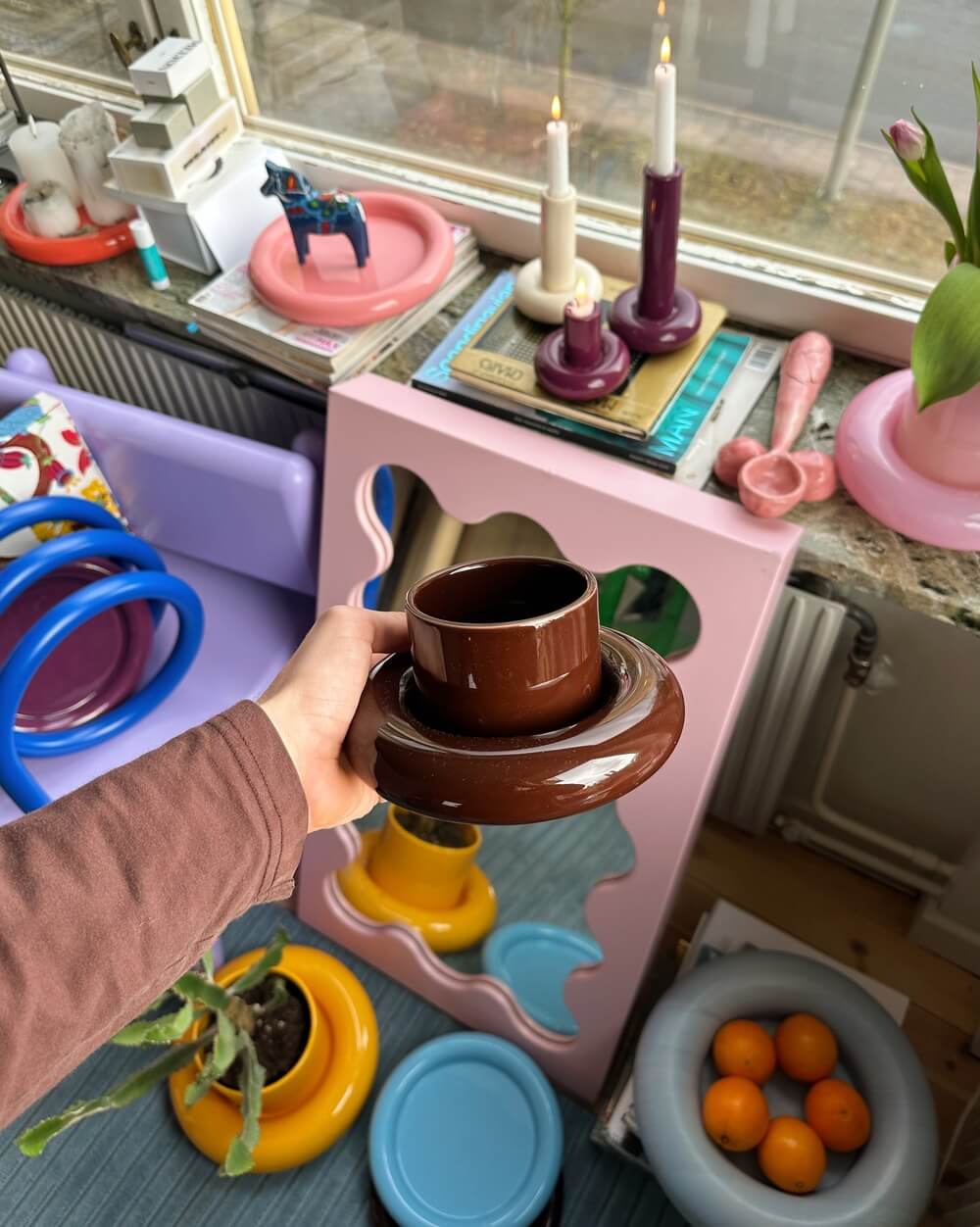
You’ve created unique pieces for cities like the baguette holder in Paris or the Madrid dish and cup. How do you decide what to do for each city? Do you do some previous research?
It’s kind of like a brainstorming process. I work with a girl on my team, and we sit down and write out everything we associate with that city, what feels specific or iconic about it. In Europe it’s been a bit easier, because I’ve been to most of these countries before. So it’s often based more on my own memories than on actual research. It’s a bit of a stereotypical way of thinking about a culture, you know? Like, I made a pretzel piece for Berlin, and people told me, “We don’t even eat pretzels in Berlin!” But for me, pretzels just felt very German, and that’s fine.
The interiors are playful and photogenic, but also intimate. Do you design them for real-life experience, or do you think about how they’ll live on social media too?
Both, really. Obviously, the things I design are also part of the marketing. We put a lot of effort and money into creating these pop-ups, so of course we want people to come and share them. That’s part of it. But the design process itself doesn’t change. I’m still very precise, I really want to design good things, even if they’re temporary. So it’s both: it needs to work in real life and look great in photos.
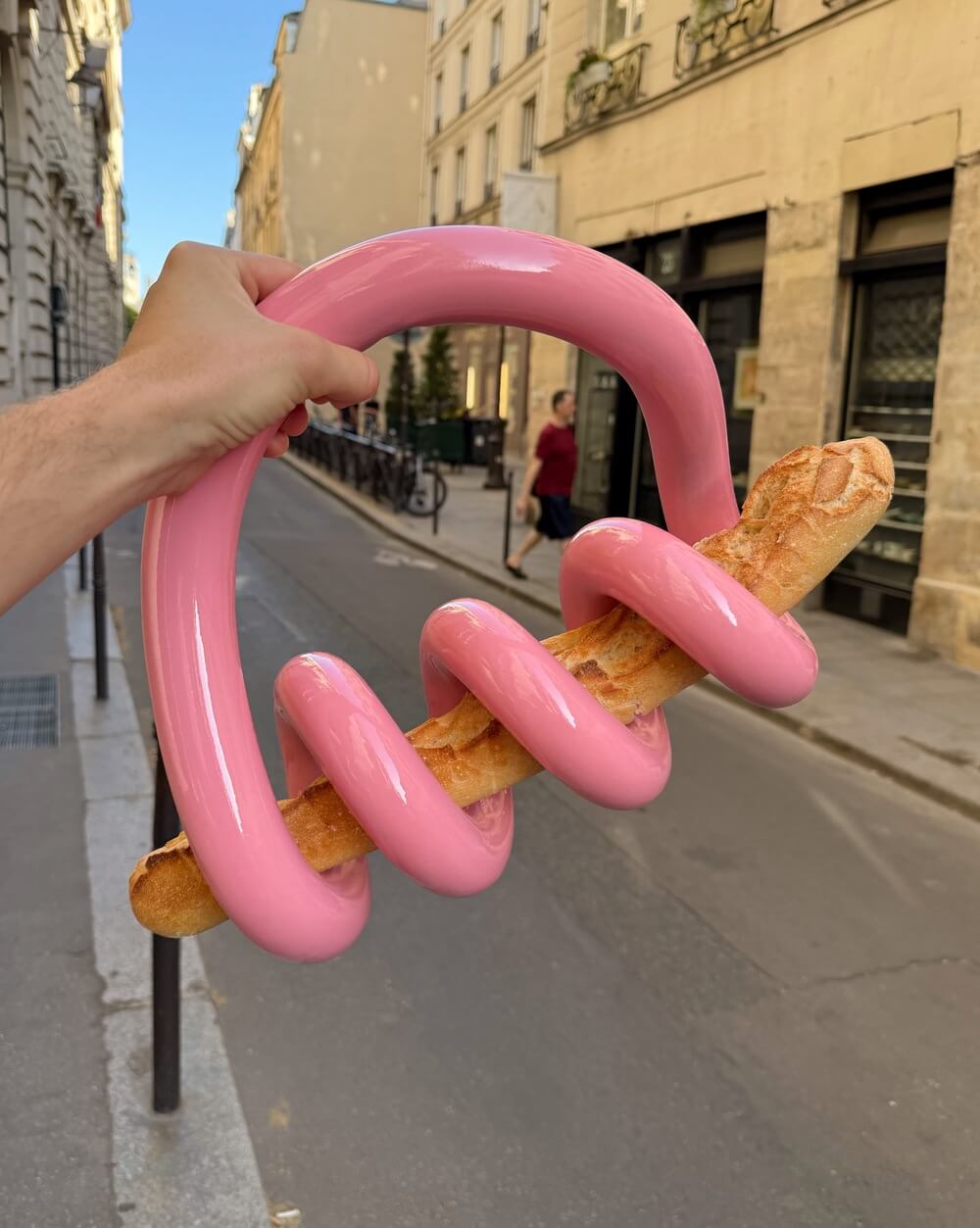
Pop-ups are, by nature, temporary. Have you ever thought of doing something more permanent, like a Gustaf Westman space people can visit all year round?
Yeah, I really want to do stores. It would be fun, like a playground for me to experiment. But it is very hard for me to think what they would look like.
What’s been your favorite memory or reaction from someone visiting one of your pop-ups?
It’s hard to pick a specific moment, but honestly, meeting the people is the best part. That’s the main thing for me. It’s also so interesting to see how different each city is culturally, the reactions can be completely different. That’s something I really enjoy observing.
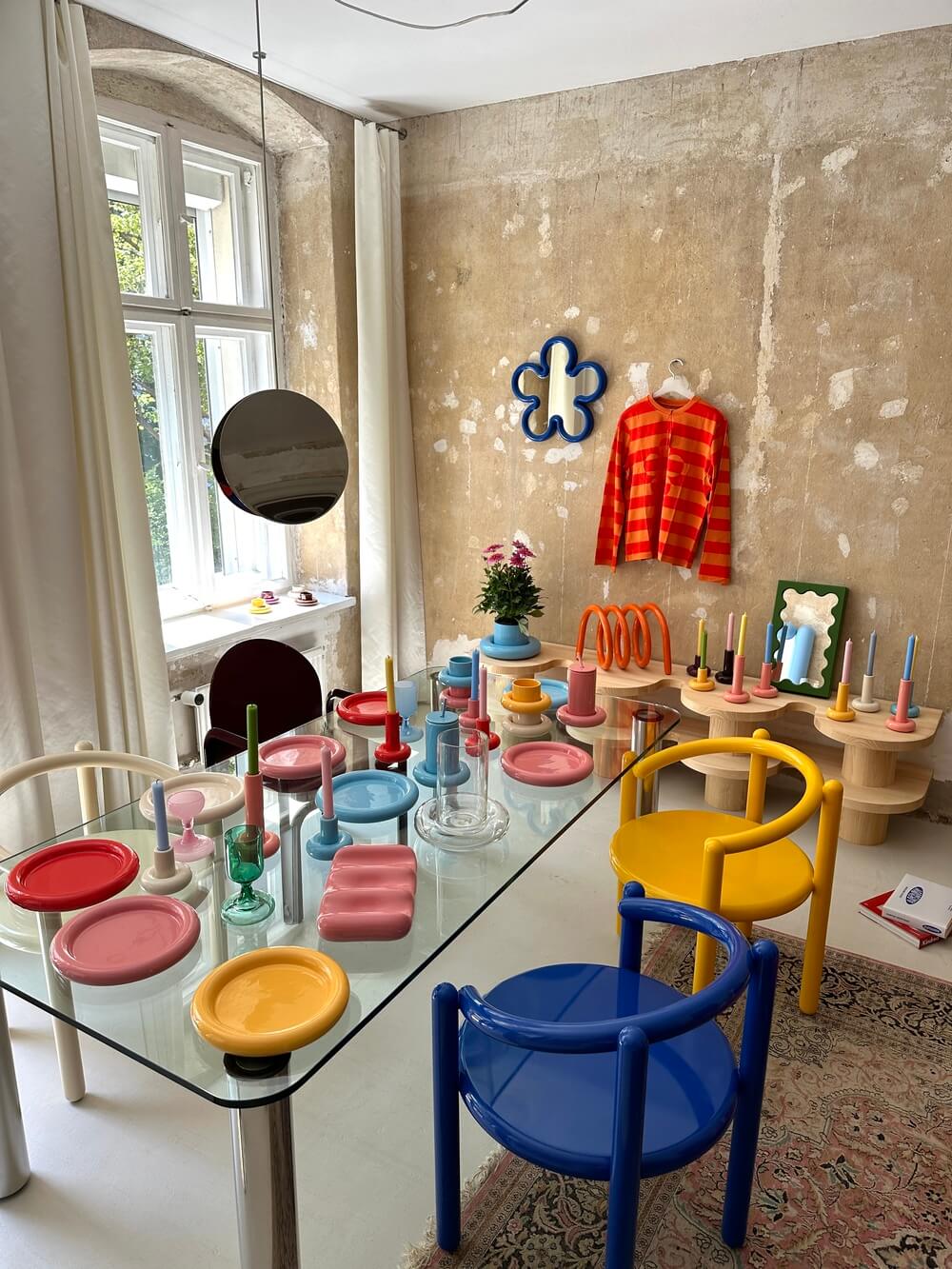
The IKEA collaboration has found great expectations and success. How did it come to be?
It started about three years ago. I had a conversation with Maria O’Brien — she’s IKEA Sweden’s Creative Leader. At first, they had a few other projects they wanted me to work on, but they didn’t really feel right. Then they came back with this idea, which ended up being part of their Christmas drop. I was a bit unsure because I didn’t know if I could really do Christmas decorations or if it fit with what I do. But then we developed it into a more general concept around “holiday,” and that made more sense. It turned into a really fun project that evolved a lot along the way. Basically, it all began with a few conversations, and when they asked if I wanted to do it, I said yes right away.
When you were approached, what was your first thought?
It’s a huge thing. I mean, being Swedish and collaborating with IKEA — it’s really special. It’s one of my favorite furniture companies in terms of design, quality, and history, so it felt very natural. It wasn’t a hard decision at all. I’m super happy about it.
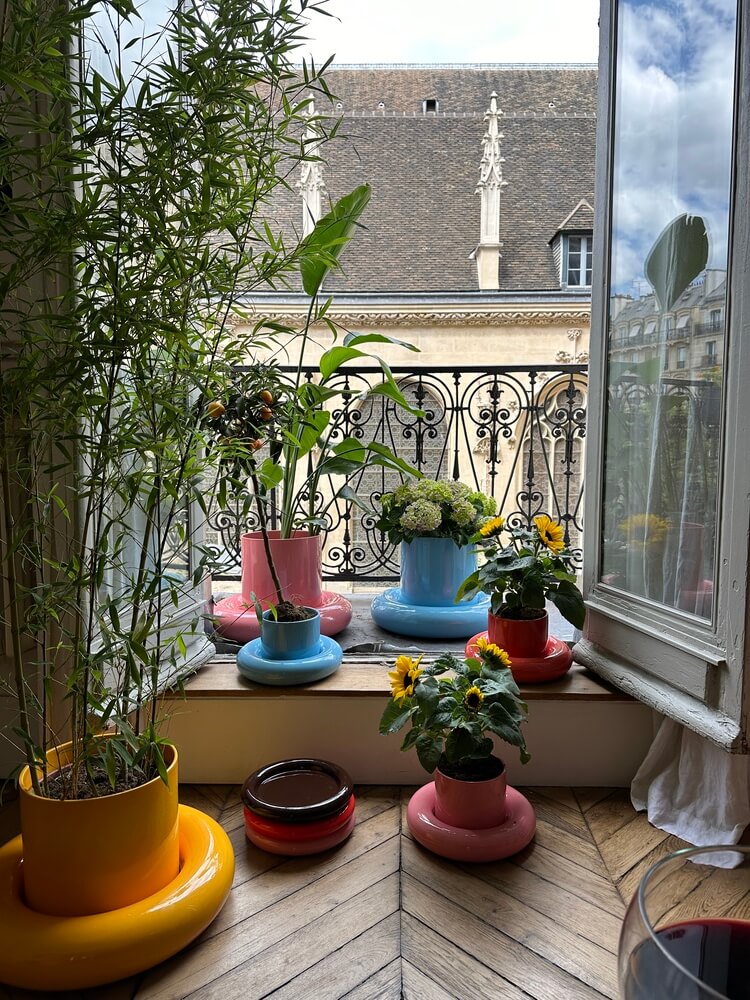
What was the biggest challenge in translating your pieces into mass production?
Creatively they gave me a lot of freedom. They were very open to my ideas, and I actually worked in a pretty similar way to how I do on my own projects. Of course, there were some things we couldn’t make happen, since certain designs were too complicated or would’ve been too expensive to produce. It was more about me presenting ideas, and then we’d figure out what was realistic together. I didn’t try too hard to adapt my work to “fit” IKEA. That could be interesting to explore another time, but for this one, I just wanted to stay true to my aesthetic and bring it to a broader audience. That was my main goal, to make something fun and accessible.
Out of the collection, do you have any favourite piece?
I think the vase is my favorite — maybe that one.
Was accessibility — in terms of price and audience — something you were consciously thinking about during this project?
I got a lot of help with that. The great thing about working with IKEA is that you’re paired up with a small, dedicated team, so you have really close contact with everyone. I mostly relied on their expertise for those questions and didn’t overthink it too much myself. I didn’t want that to influence my creative process. I just focused on the design, and they made sure it worked in terms of production and price. They were really great about that.
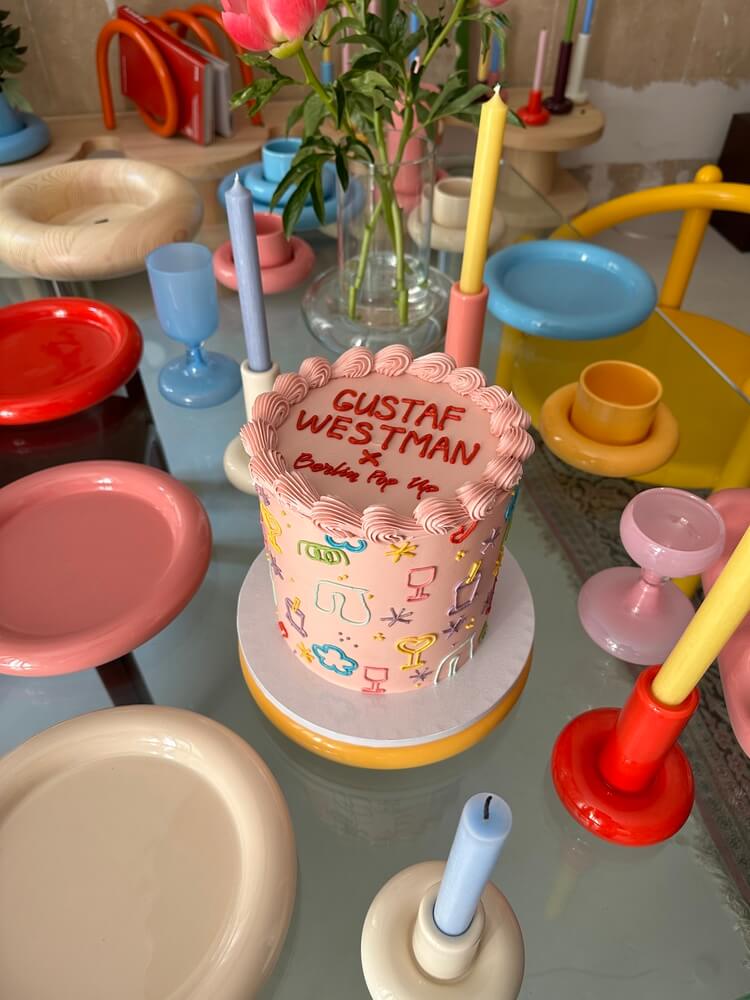
Brand collabs are not a new thing for you — you’ve also worked with Mercedes-Benz. What other brand would you like to collaborate with in the future?
That’s a good question. I’m honestly open to anything, as long as there’s creative freedom. But I’d really like to explore the apparel side, maybe design shoes or fashion accessories. I can see myself working across a lot of different things. That would be really fun.
Looking at the current state of the creative industry, what challenges do contemporary artists face today?
I think the biggest challenge for my generation is that it feels like everything has already been done. Every shape, every form. It’s all there. So, the real challenge is figuring out how to design in a way that captures this moment we’re living in. It’s also tricky because we live with this awareness that the world doesn’t really need more stuff. But at the same time, people still need joy. They need to see something that makes them smile or feel something new. Balancing that is hard.
Artists should be able to make a living out of their art. How have you personally managed to make a living from your art?
I think the key is finding your own thing, something that doesn’t feel like we’ve already seen it a hundred times. That’s what makes an impact. I also think younger designers today have a big advantage. A lot of the big design companies aren’t really trying to reinvent themselves, they’re just doing what they’ve done for decades. Now there are also so many ways to show your work and get it out there. Social media has been a big part of that for me. It really works. You just have to not be afraid of using it. It’s a tool. If you are a young person, you grew up with this, so make it a big advantage from the start.
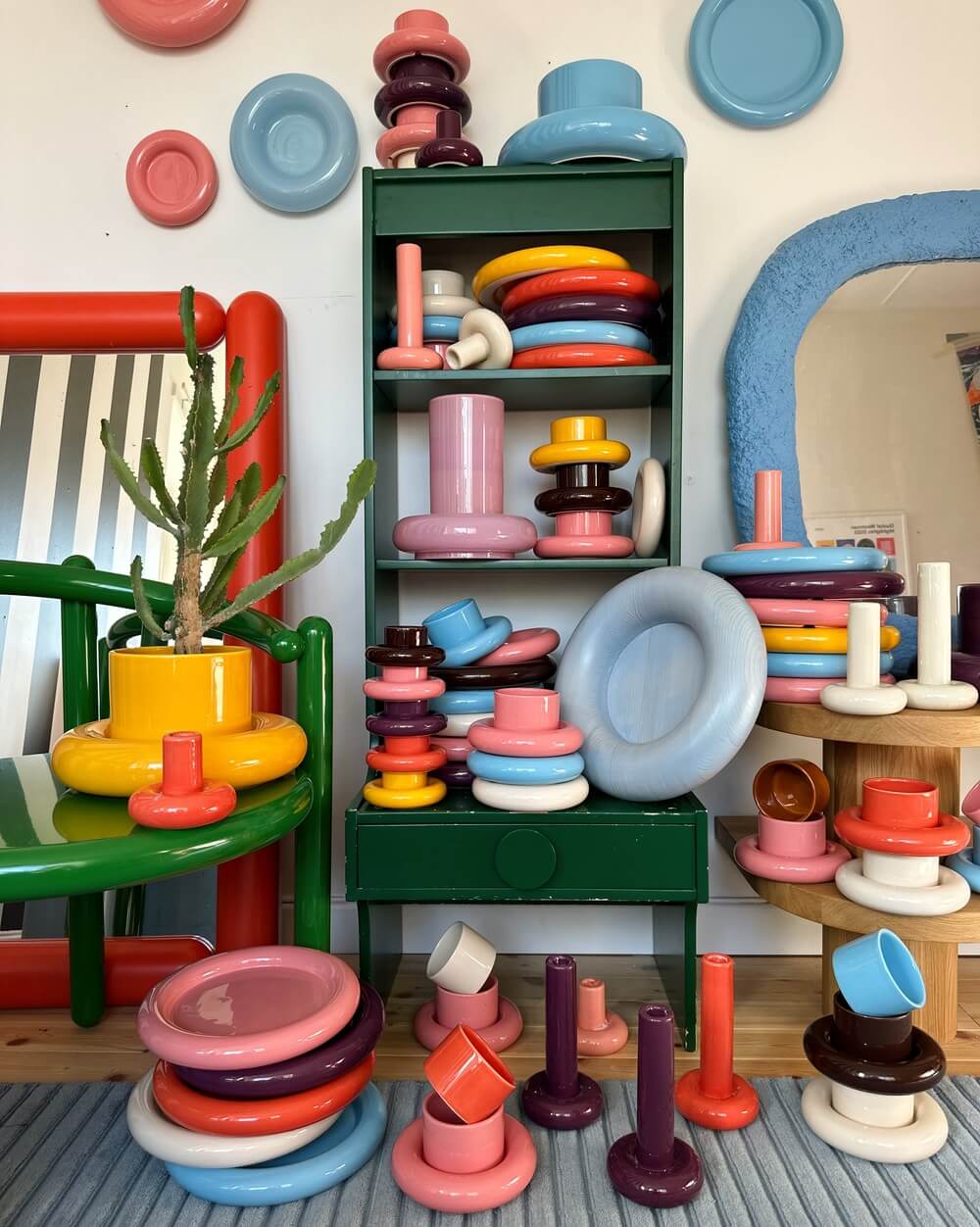
Your pieces are so joyful — are you as optimistic as your designs look?
I don’t think so. I’m pretty chill.
What does your home look like? Is it a Gustaf Westman showroom, or completely different?
Right now, it’s very much like my showroom. We take a lot of photos there, and I like having my pieces around me. It feels organic, like a natural way of showing my work. But I live in a small place at the moment, and I’m planning to move. In my next apartment, I’d love to mix things up a bit, bring in other pieces too. I actually love collecting things. The first time I got paid, I spent all my money on cups and chairs. So yeah, I’m really looking forward to understand how Gustaf Westman’s next home looks like.
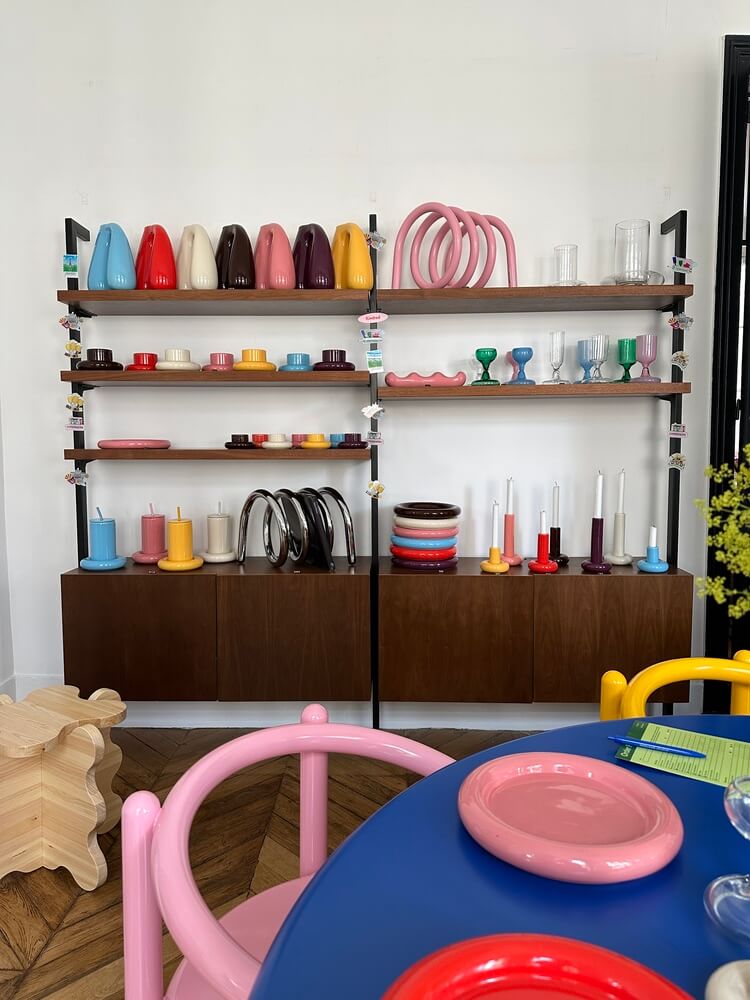
What’s next for Gustaf Westman? Where would you like your art to evolve?
I want to do new things. These collaborations have been amazing, but also a lot of work. Tomorrow my friend, who I work with, is coming to New York, and we’re going to spend a few days just talking about what’s next, about the products we want to make in the next two years. I feel really open to a new chapter, even though I’m not exactly sure what it is yet.
And last question – what do you want people to remember about the “Gustaf Westman era”?
That I brought a bit of joy into everyday objects. I hope people remember that, that they felt happy when they drank from one of my cups or used one of my pieces.
It’s very interesting to see, especially now with the IKEA collection, an overload of photos and videos from people all over the world. It’s fascinating to see how different cultures use the same objects in completely different ways.
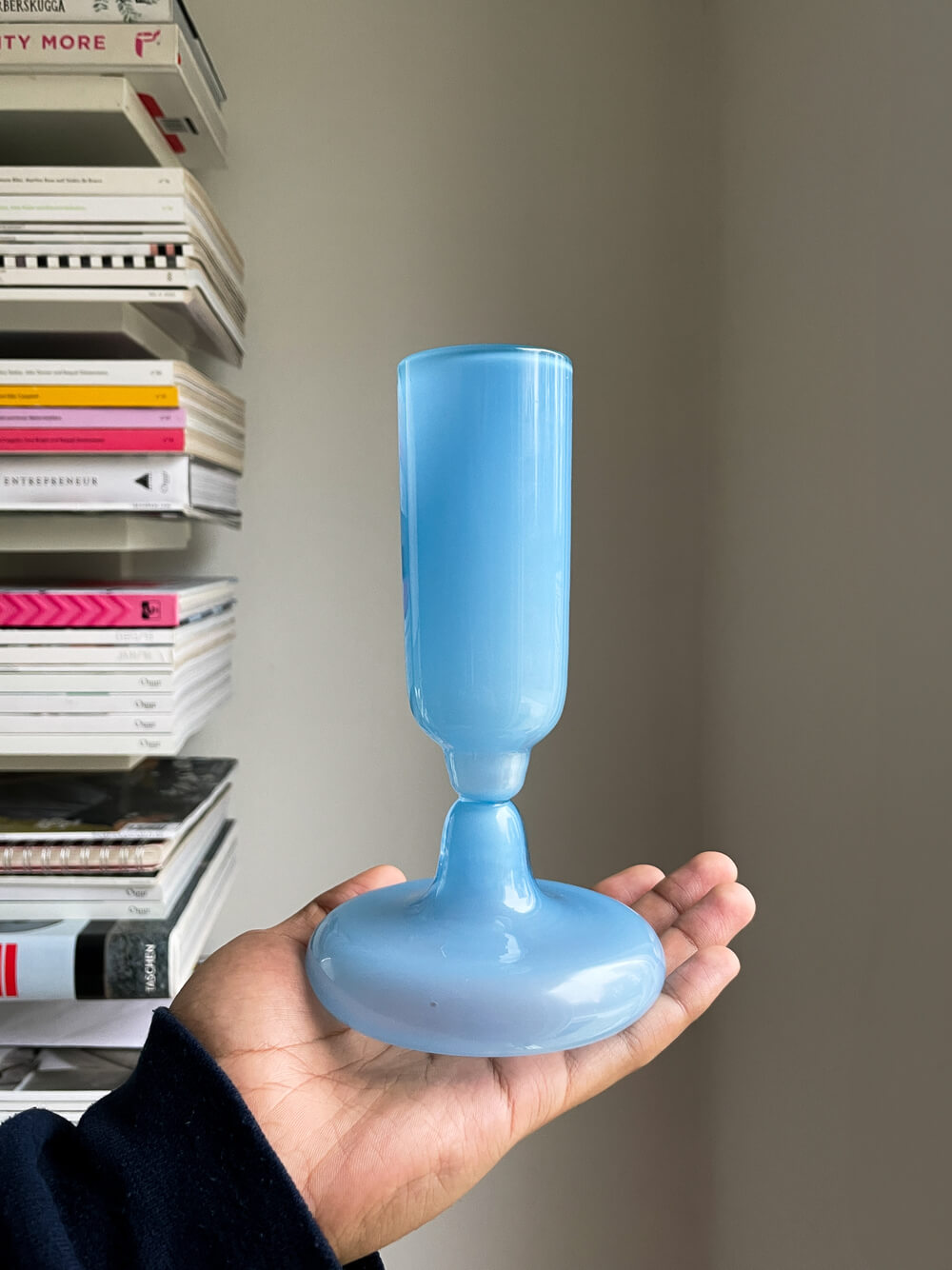
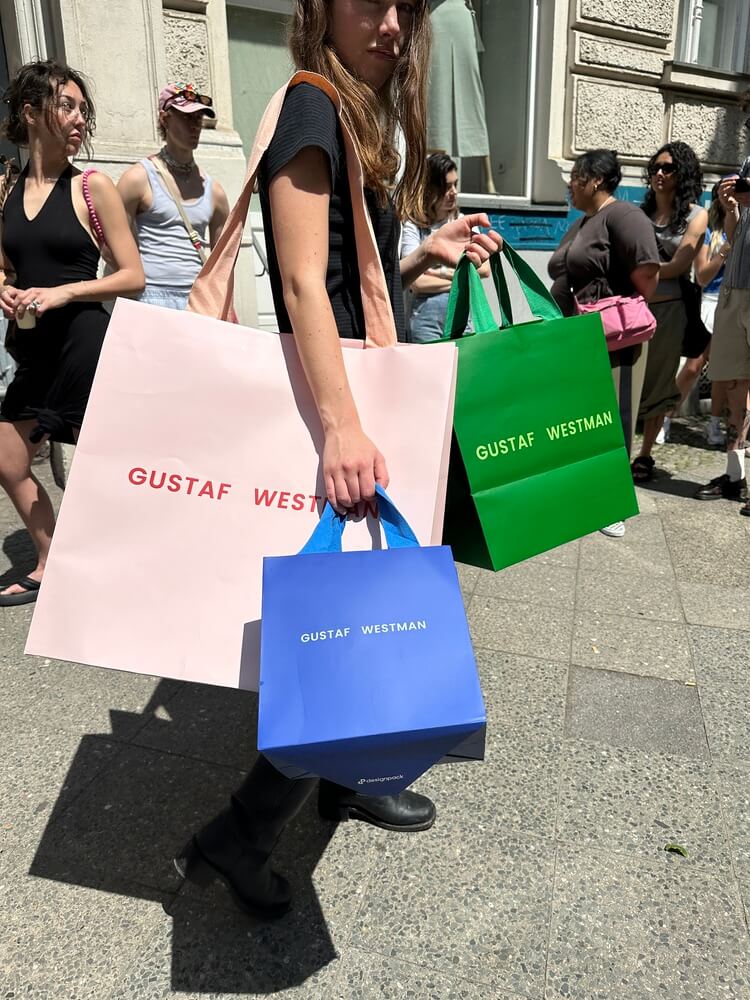
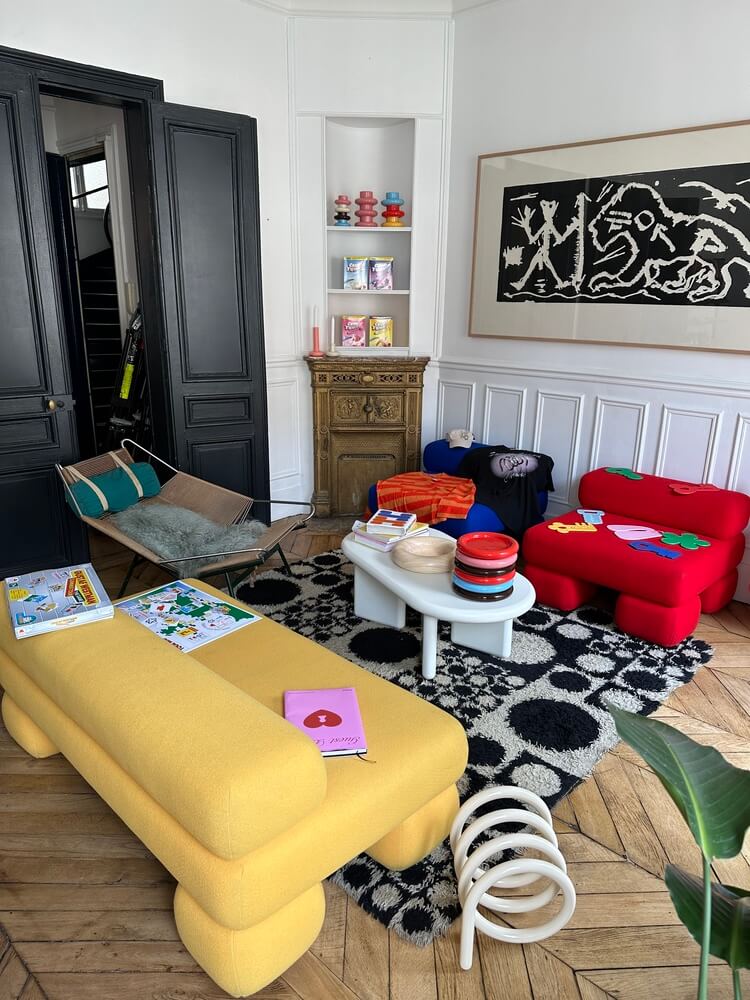
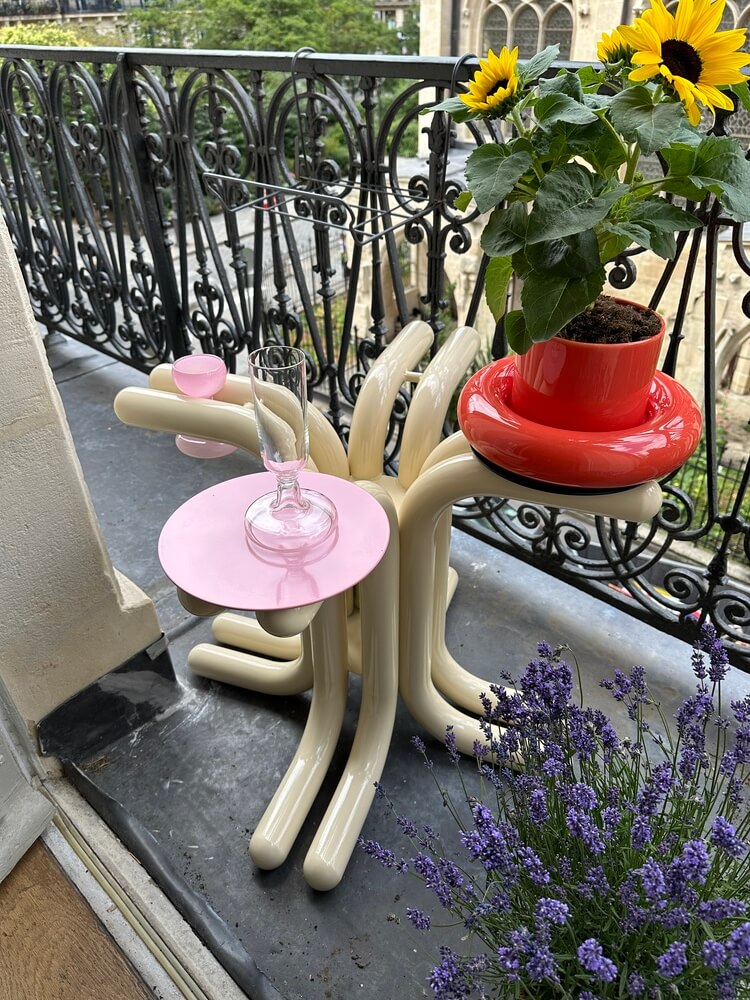
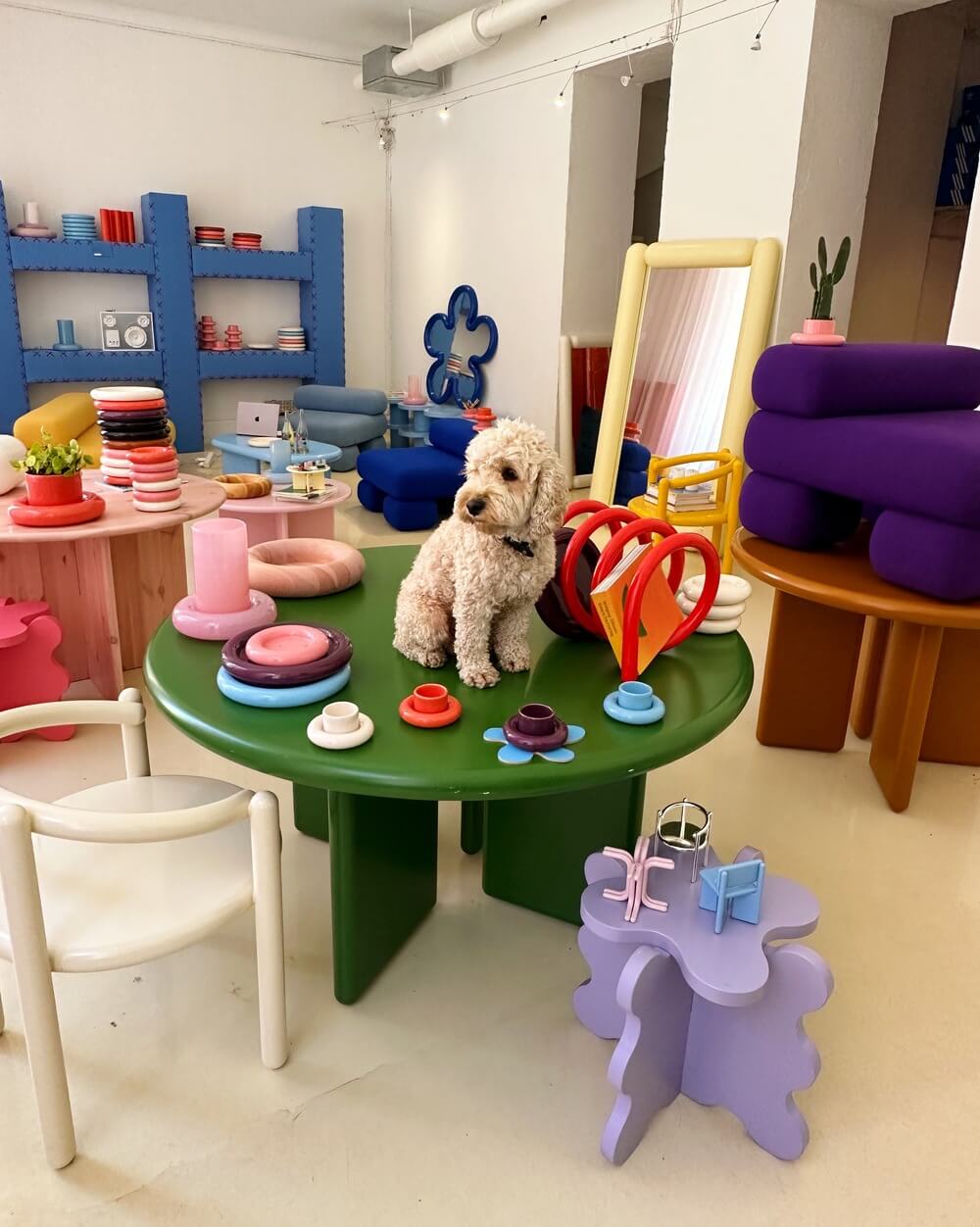
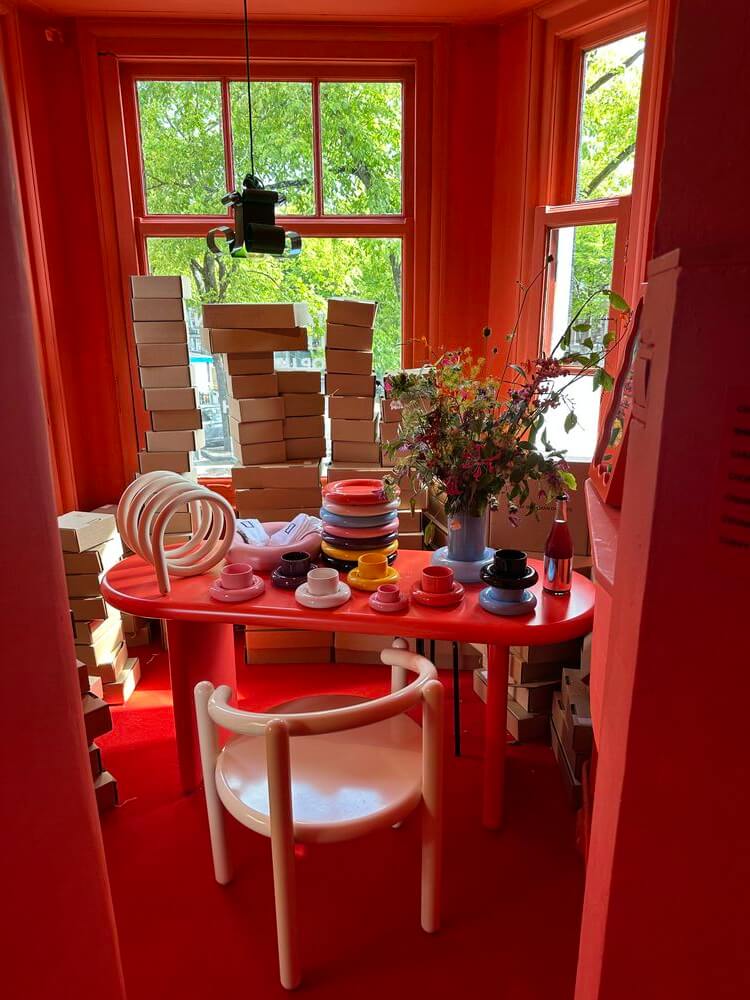
Images courtesy by Gustaf Westman

